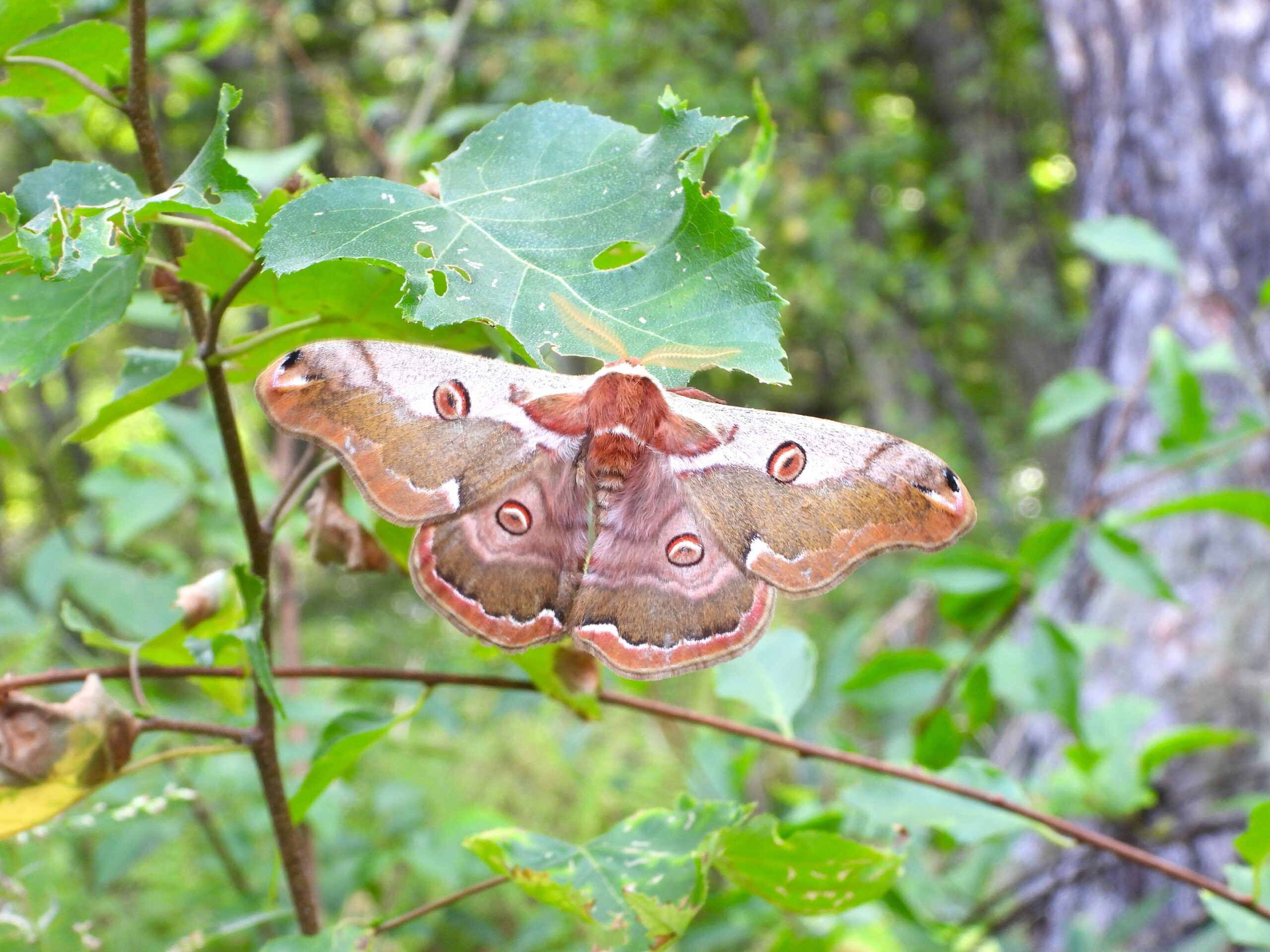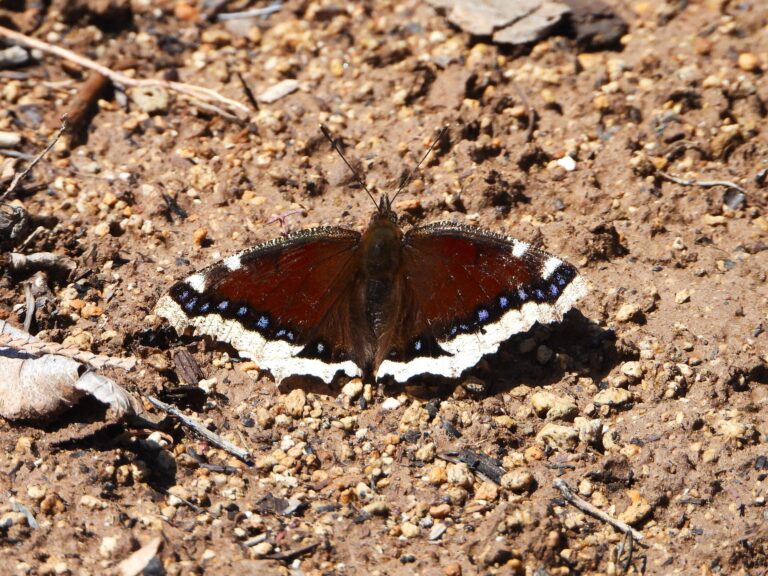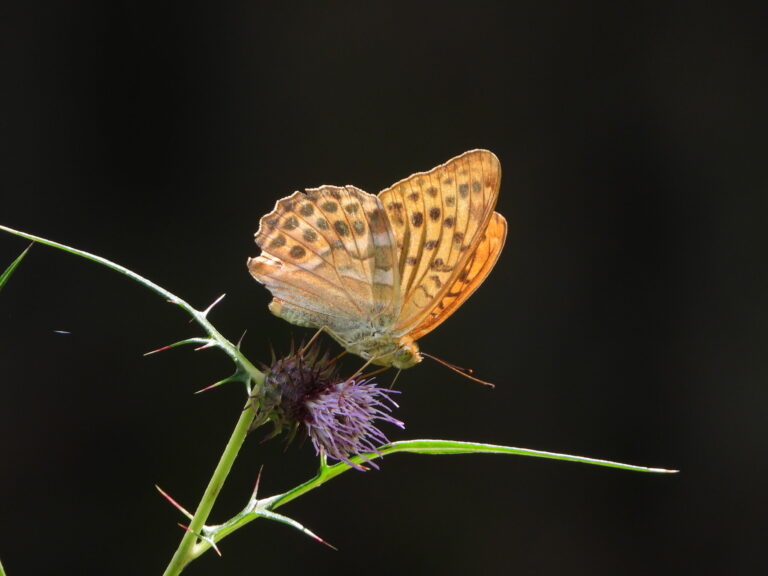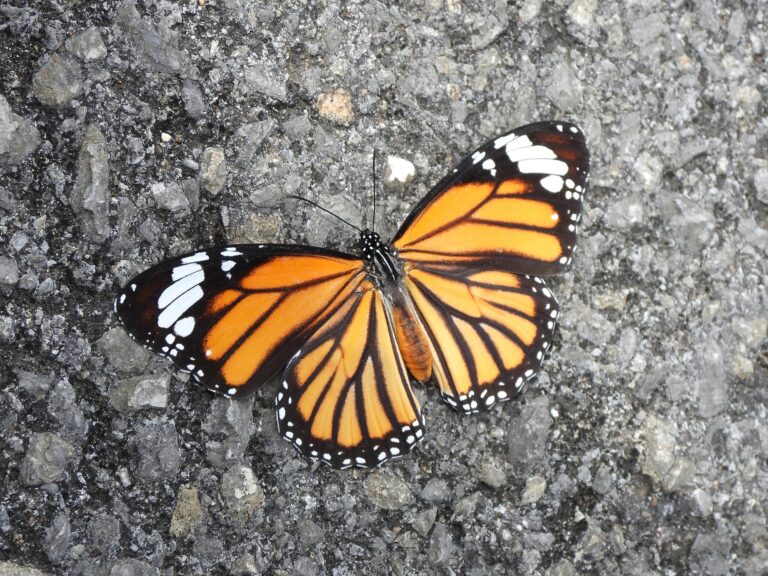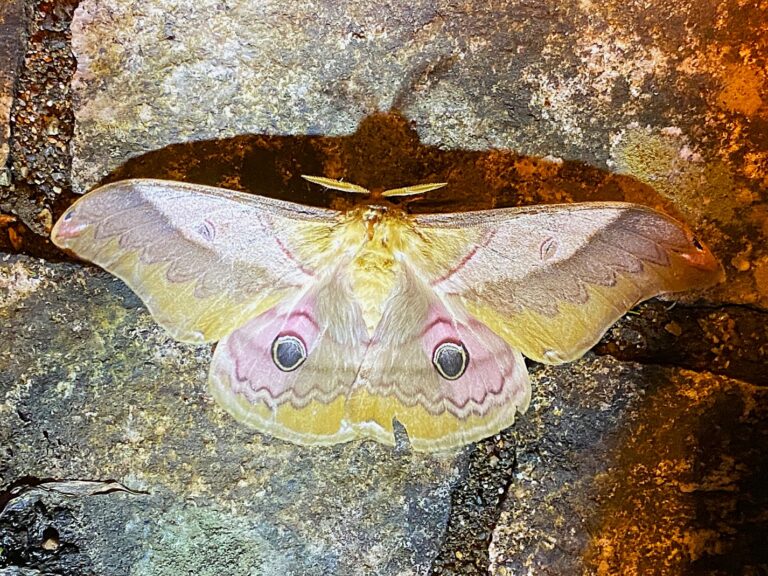Hime-yamamayu (Saturnia jonasii) – Wildlife of Japan
Introduction
The Hime-yamamayu (Saturnia jonasii) is a late-autumn saturniid moth found in Japan’s deciduous forests. Slightly smaller than the Japanese silk moth (Antheraea yamamai), it features rich brown wings with delicate markings and large eyespots. Adults are nocturnal and often come to light on crisp autumn nights.
Appearance
The wings are mainly brown to yellow-brown, showing variation in tone among individuals. Many display reddish-brown margins, and each wing bears a distinct circular eyespot. The forewing measures about 40–60 mm, and males have well-developed feather-like antennae.
Habitat & Distribution
This species occurs throughout Honshu, Shikoku, Kyushu, and Hokkaido, with additional records from Tsushima and Yakushima. It inhabits mixed and deciduous forests from lowlands to montane zones, where its host plants are abundant.
Behavior
Saturnia jonasii appears mainly from October to November, flying later in the season than A. yamamai. Adults are nocturnal and readily attracted to artificial lights. Like many saturniids, adults do not feed.
Diet
Larvae of Saturnia jonasii are polyphagous, feeding on various deciduous trees such as oaks (Quercus), cherries (Prunus), zelkovas (Zelkova), and deutzias (Deutzia).
Reproduction
In Japan, this moth is univoltine, producing one generation per year. Eggs overwinter, and larvae develop from spring to early summer. Pupation takes place within a sturdy cocoon attached to branches or among fallen leaves.
Conservation
This moth is widespread and not considered threatened. Populations remain stable where continuous forest environments persist.
Author’s Impression
I often encounter Saturnia jonasii in late autumn. Despite the cold, it still flies actively, which never fails to impress me. When this species appears, it feels like the quiet announcement that winter is near.

